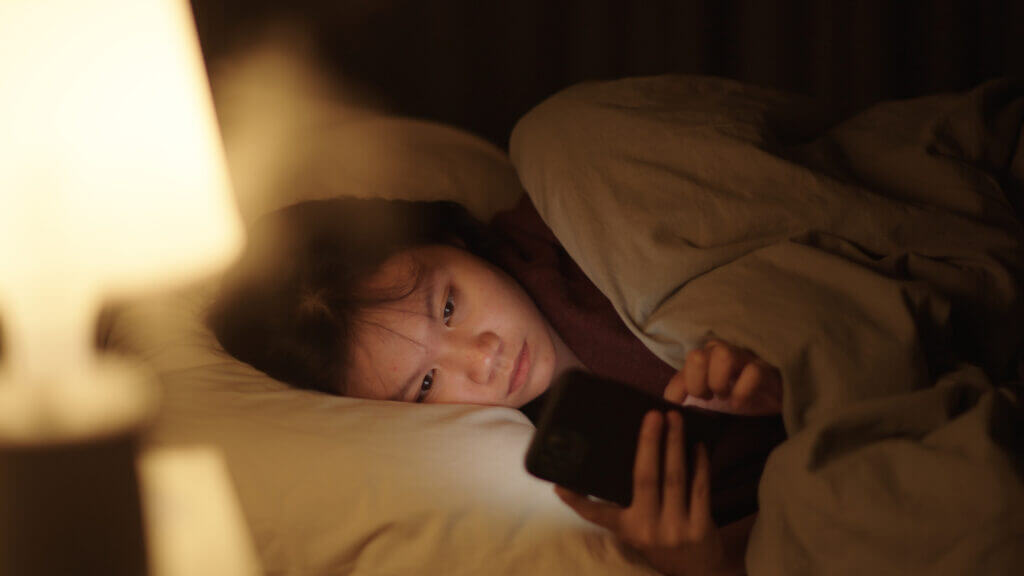Swine Flu and its prevention
Thu 05 Feb 2015

What is Swine Influenza?
Swine Influenza is an infection which is caused by various type of swine influenza virus. Swine influenza virus, which is endemic in pigs, is any strain of influenza family of virus. In 2009 it was found out that the Swine Influenza Virus strains contains influenza A and influenza C, which are two of the six viruses known. Out of the three viruses which cause human influenza (attack of virus of influenza family on humans) two are common with the viruses which attack pigs. Influenza A is very common in pigs while Influenza C being rare. Sub groups of Influenza A have been found in strains of swine influenza virus, which are H1N1, H1N2 and H2N3 to mention some.
How it is transferred?
Swine Influenza is easily transferred amongst pigs but rarely to human beings. People in regular exposure with the pigs are at high risk of infection. Influenza is quite common in pigs, with about half of breeding pigs having been exposed to the virus in the US. People who work with poultry and swine are at increased risk of zoonotic infection, and constitute a population of human hosts in which zoonosis can co-occur. Zoonosis is infectious diseases of animals which are transferred to humans. Ebola, Swine Influenza is examples of zoonosis. The 2009 H1N1 virus was not zoonotic swine flu, as it was not transmitted from pigs to humans, but from a human to human. Vaccination of these workers against influenza and surveillance for new influenza strains among this population may therefore be an important public health measure. Direct transfer of influenza from pigs to humans is rare because since 1958 only 50 such cases have been reported. The transmission from swine to humans occurs
mainly in swine farms, where farmers are in close contact with pigs. Influenza spreads between humans through coughing or sneezing, which results in fellow humans coming in contact with the virus. The virus is not transmitted through food.
How it can be prevented?
Prevention techniques usually recommended to prevent spread of the virus among humans include using standard infection control, which includes frequent washing of hands, especially after being out in public. Experts agree hand-washing can help prevent viral infections, including ordinary and the swine flu infections. Public health and other responsible authorities have action plans which may request or require social distancing actions, depending on the severity of the outbreak. Farmers and veterinarians are encouraged to use face masks when dealing with infected animals. The use of vaccines on swine to prevent their infection is a major method of limiting swine-to-human transmission.
Vaccines to treat Swine Influenza
Vaccines are available for different kinds of swine flu. The U.S. Centers for Disease Control and Prevention recommends the use of oseltamivir (Tamiflu) or zanamivir (Relenza) for the treatment and/or prevention of infection with swine influenza viruses.
No Comments For This Post, Be first to write a Comment.
Most viewed from Health
AIMIM News
Latest Urdu News
Most Viewed
May 26, 2020
Can Lionel Messi's visit boost Indian football?
Latest Videos View All
Like Us
Home
About Us
Advertise With Us
All Polls
Epaper Archives
Privacy Policy
Contact Us
Download Etemaad App
© 2025 Etemaad Daily News, All Rights Reserved.

























.jpg)
.jpg)
.jpg)


